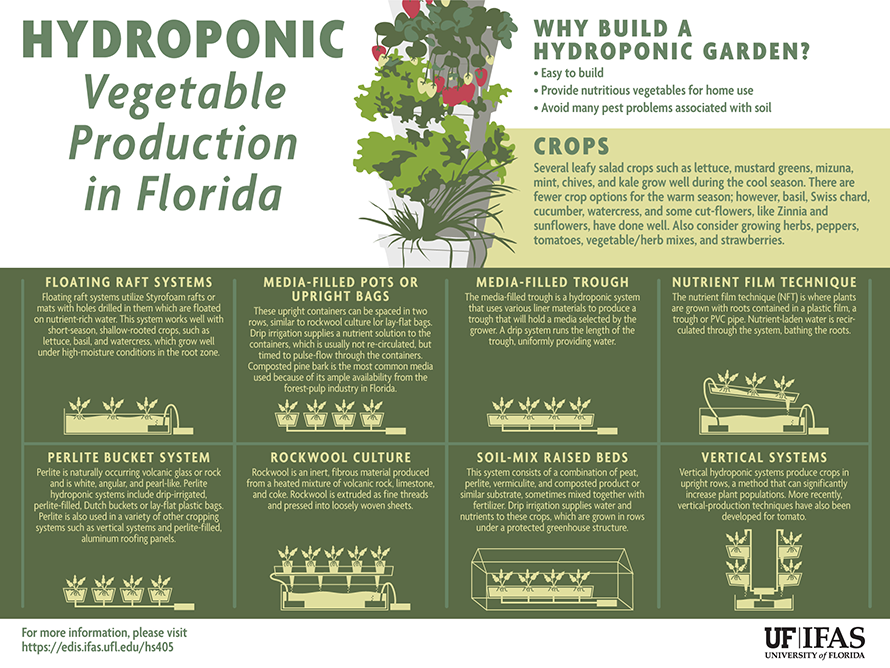The Environmental Implications Of Logging: Important Facts To Be Familiar With
The Environmental Implications Of Logging: Important Facts To Be Familiar With
Blog Article
Staff Author-Willard Lake
When it pertains to the ecological effect of tree removal, there are crucial aspects that require your attention. From the elaborate web of partnerships within ecological communities to the succeeding impacts on climate patterns, the effects are profound. You might be shocked to find the intricate methods which the removal of trees can reverberate throughout the atmosphere. Keep tuned to decipher the complex connections and effects of this apparently straightforward act.
Logging and Environment Loss
Logging and habitat loss are crucial issues originating from tree removal. When trees are cut down, it interrupts entire communities. Not only are the trees themselves shed, but the homes and food sources of numerous plant and animal types are damaged as well. Birds lose their nesting websites, creatures shed their sanctuary, and bugs shed their habitats. The impacts surge via the food web, impacting predators and victim alike.
Furthermore, deforestation contributes to climate modification. Trees play an essential duty in soaking up carbon dioxide, a greenhouse gas that traps heat in the atmosphere. With visit my homepage , there's less carbon dioxide absorption, resulting in enhanced levels of this gas in the atmosphere and intensifying worldwide warming.
Environment loss is a direct outcome of deforestation, as the devastation of woodlands indicates the loss of special and diverse environments. Several varieties are incapable to adapt to fast modifications in their atmosphere, resulting in population declines and, sometimes, extinction.
Protecting woodlands is vital to keeping the delicate balance of nature and making certain the survival of countless plant and pet species.
Impact on Biodiversity
The elimination of trees has a substantial influence on biodiversity, affecting the selection and abundance of plant and pet varieties in an area. Trees supply environment and food sources for countless microorganisms, from bugs to birds to animals. When trees are eliminated, these types shed their homes and sources of nutrition, leading to a decrease in their populaces. This interruption can have cascading impacts on the whole ecological community.
Moreover, trees play an important role in preserving biodiversity by producing microhabitats within their covers, trunks, and origins that support a wide variety of types. When trees are reduced, these specialized environments are ruined, decreasing the total diversity of the location.
In addition, the elimination of trees can cause a decline in genetic variety within plant populations, as particular tree species might no more have the ability to recreate or distribute successfully. Shielding trees and forests is vital for protecting biodiversity and guaranteeing the health and wellness of environments for future generations.
Soil Disintegration and Environment Change
With trees being removed from a location, the interruption of dirt structure and stability happens, bring about enhanced soil disintegration. Trees play a vital function in avoiding disintegration by holding dirt in position with their root systems. When trees are gotten rid of, particularly in large numbers, the dirt ends up being much more at risk to disintegration from wind and water. This erosion not just affects the immediate surroundings but can additionally cause sedimentation in nearby water bodies, influencing water quality and aquatic ecological communities.
Additionally, trees help manage the climate by taking in carbon dioxide throughout photosynthesis. When trees are reduced, this natural carbon sink is diminished, contributing to raised degrees of greenhouse gases in the ambience. This can exacerbate climate modification, leading to more severe weather condition occasions and interruptions in ecological communities worldwide.
Therefore, the removal of trees not just increases dirt erosion however also contributes in the bigger environmental concern of climate adjustment. It's vital to think about these aspects when assessing the effects of tree removal on the environment.
Final thought
Since you understand the ecological impact of tree removal, take into consideration the consequences prior to cutting down trees. Deforestation disrupts communities, lowers biodiversity, and adds to dirt erosion and environment adjustment. By being mindful of the impact of tree elimination, you can help shield our atmosphere and preserve the fragile balance of nature. Make educated selections and consider alternative options to reduce the unfavorable effects on our earth.
